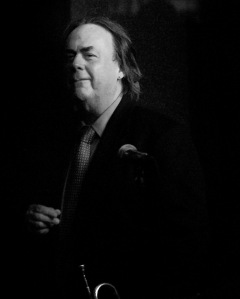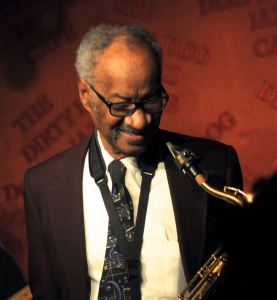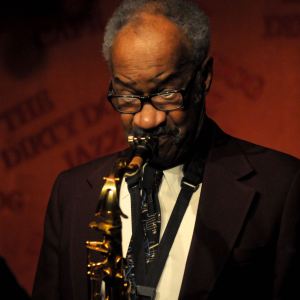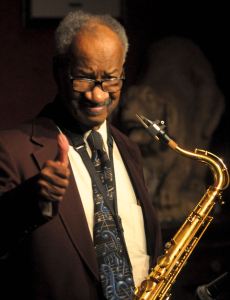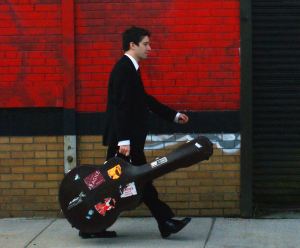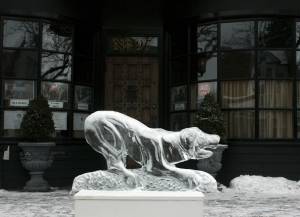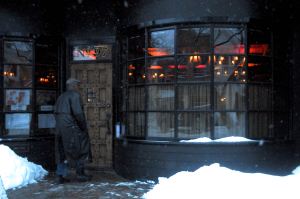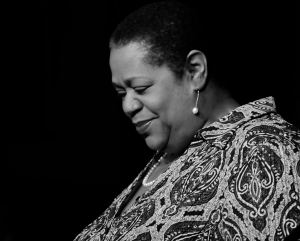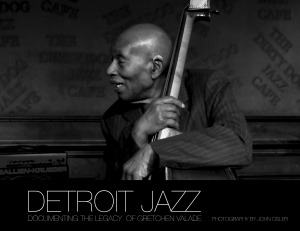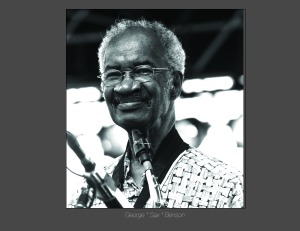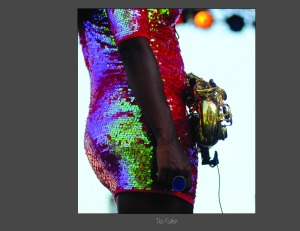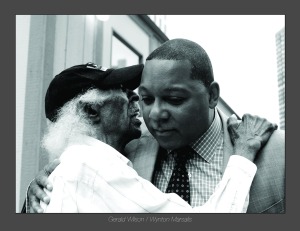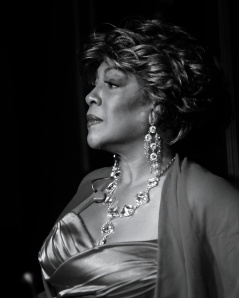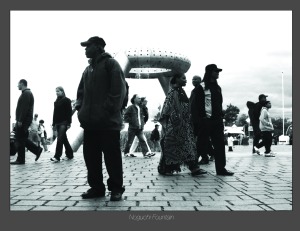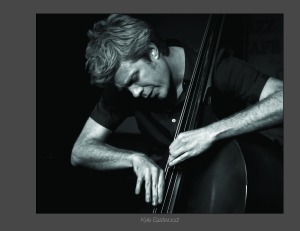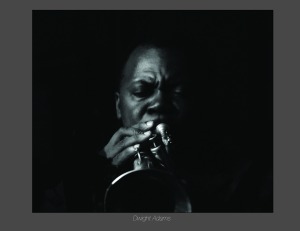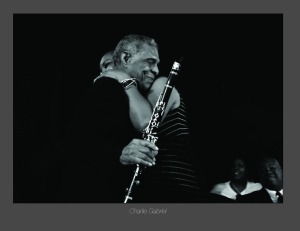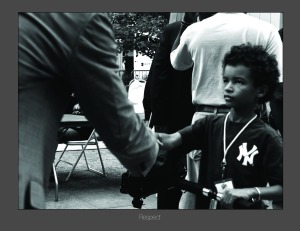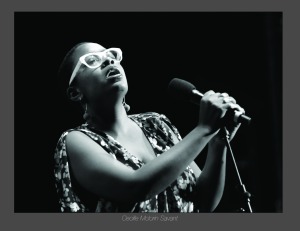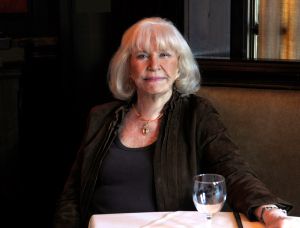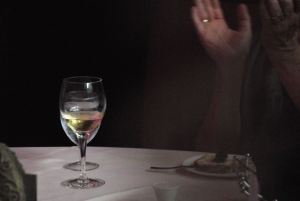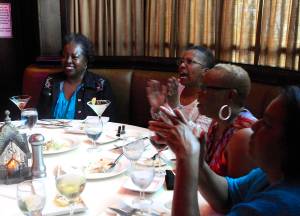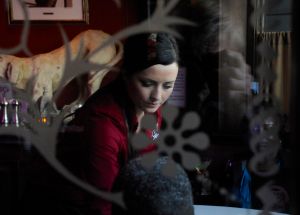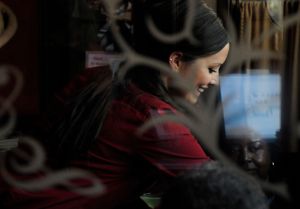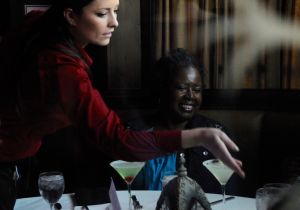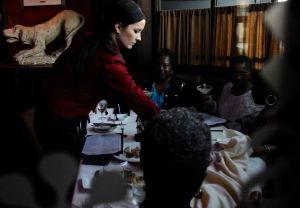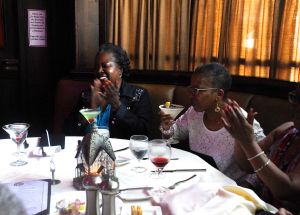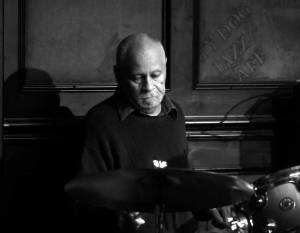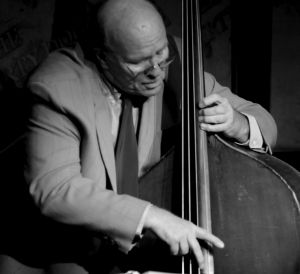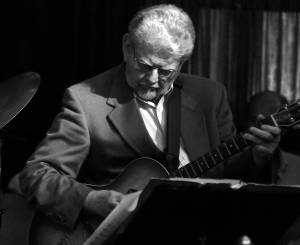
Every year I get away from home for a few weeks. I have found a place or two where I can take some time to look around at my surroundings. This is different from traveling and is helpful in the creative process.
All artists have a unique process that they are comfortable with. When they write their kid a letter or create their life defining masterpiece they begin by realizing that they have something to say. How they get to the finished letter or final version of their masterpiece is what we can call the creative process.

THE CREATIVE PROCESS
MY THOUGHTS ON THE STAGES OF THE CREATIVE PROCESS
As freeing as creating something is it still tends to fall into a predictable process. A lot has been written describing the creative process. Seldom have the authors had jazz and the fast sketch in mind when they were writing, so I came up with my own set of stages for the creative process.
Creating something wonderful shouldn’t be an arduous task that you want to delay starting and never want to finish.
When I spend time around jazz music I find myself in awe of something being created spontaneously, in the moment, and often as a group.
For a very long time I have been fascinated by the ability of jazz musicians to create new music on the fly and make it look easy. Another guy steps up and adds to the first guy’s thoughts. Soon they are joined by others who move the groove in a new direction. Each time I have heard Happy Birthday played at the Dirty Dog it is in a new form. No one plays it straight. It is approached like we have never heard it before. Ian Finkelstein often has written new tunes for his Dirty Dog gig. His quartet plays each new tune as if it were a familiar Cole Porter song. The creative juices are on full display. It is why we come to listen to live music.
Is it magic? Sometimes it is magical. I think, however that it is a result of preparation, and from that preparation comes the confidence to joyfully go down new paths. They have mastered the creative process.
They first found a story they wanted to tell. They understood the depth of the story. They then constructed the story so that it was clear to them and could be shared. Then they told it in their own unique voice.
I have observed that poets, writers, musicians, actors, painters and all other artists are seldom conscious of their personal deliberate creative process. I do think there are stages that most artists follow.

Over the next few weeks while I am on vacation I will once again try to explore them.
CREATIVE STAGES (my version)
I feel the creative process can be broken down into the following four stages. We are constantly exploring, observing, editing our observations and putting our observations into our own words. All of these actions are equally important and affect each other.
EXPLORE
This is where the subject is found. We have to make an effort to get out and experience the things around us.
OBSERVE
It is important to clearly see those things that we have found. Soak them in.
EDIT
This is the process when we eliminate and include pieces of information.
INTERPRET
This is where we put our personal stamp on our creation.
SHARE
This is an optional step in the creative process. Sharing the product of the creative process isn’t necessary but can be rewarding in many ways.

FIRST STAGE: EXPLORE
The beginning of a creative act comes from the artist’s personal journey. Everything in one’s life prepares that person to make something out of it. We accumulate piles of subject matter as we go along living our lives. Some people can create from looking out the window of their favorite room if they have a passion for that view. I tend to search outside the familiar.
We learn and learn and learn. We practice and practice and practice. And then we create something that looks or sounds like what we learned and practiced. Great. The result can, however, be boring, something that has been done and is not all that interesting.
We are surrounded all our lives with expected and acceptable music and art, items that are well crafted and comfortable to live with. We call it great art when someone with complete mastery of their instrument / brush / pen freely explores a new place. What distinguishes jazz from other forms of music is the expectation that we will be witnessing a unique event. Artists are free to improvise and to stray from the expected. When they do we shout, “Bravo”. The creative process starts after we have learned and practiced and have gained the tools. After the hard work is done we are free to create something new.
As much as we prepare and as much instruction as we get, we have to be nimble and improvise as life throws obstacles in our way.
CREATIVE EXPLORERS
A formal education isn’t required for an individual to live a creative life.
Here are some examples of creative types who were mentored by some of the best in their field, studied hard and then threw off all their restraints. They both had a gift to look around them, use what they saw and set out on a journey of exploring the possible.
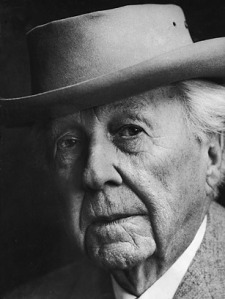
FRANK LLOYD WRIGHT
Frank Lloyd Wright as far as we can tell never finished high school or college but learned his trade as a draftsman and apprentice with architectural firms in Chicago.
He put a lot of time and serious thought into his craft before he found his voice. He wasn’t satisfied to simply replicate the designs of his teachers and mentors. He looked around and founded the “prairie style” which reflected Chicago’s surrounding landscape. He called this ” organic architecture”. He said ” Study nature, love nature,stay close to nature…it will never fail you.” He took a chance when he ventured into new paths with his clients. Thanks, Frank, for taking the risk.
Here are two of my favorite quotes of F.L.W. that defined his approach.
“Early in life I had to choose between honest arrogance and hypocritical humility. I chose the former and have seen no reason to change.”
“The truth is more important than facts.”
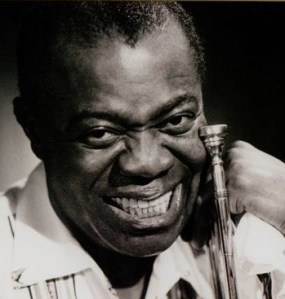
LOUIS ARMSTRONG
Louis had a rough start and a strong finish to his life. Born in poverty and abandoned by his parents he was schooled in music by a long string of mentors in New Orleans.
He started working at a very young age to support his family, singing on street corners for pennies, working on a junk wagon, cleaning graves for tips, and selling coal. His travels around the city introduced him to all kinds of music, from the blues played in the Storyville honky tonks to the brass bands accompanying the New Orleans parades and funerals. The music that surrounded him was a great source of inspiration.
Joe “King” Oliver, a member of Kid Ory’s band and one of the finest trumpet players around, became Armstrong’s mentor. When Oliver moved to Chicago, Armstrong took his place in Kid Ory’s band, a leading group in New Orleans at the time. This experience enabled him to play with many prominent jazz musicians and to further develop his skills, learning to read music and undertaking the responsibilities of a professional gig. Louis took these gifts and then changed the music. His phrasing and voice has had a foundational influence on jazz.
Satchmo summed it up with: “We all do do,re,mi but you have to find the other notes yourself.”
PLACES THAT HAVE INSPIRED ME
I have been fortunate to have had the opportunity to get away to explore different places and new people. Sometimes this has provoked me into looking more closely at all the good things around me. For the next few weeks I will be at Lake Saganaga in Ontario.
THE ISLAND

GETTING AWAY TO A QUIET PLACE
I am a lucky guy. Every week I have the opportunity to leave a challenging world, enter the Dirty Dog Jazz Café and get lost in the music. Everyone needs a place like this and not all are as fortunate as I am. Sometimes I get to take a longer break from the things outside my control.
Every summer I take a break from the sounds of power mowers, TV, my aging, faltering and frustrating computer, traffic and political noise, I spend as much time as I can in an environment where you have to listen carefully to hear the sound of an eagle’s wings as it flies overhead. A place where one can make peace with oneself and recharge ones’ good feelings about our world.
When I start to paint I often stand back and spend a lot of time looking at an empty canvas or an ugly start on the canvas and sometimes find myself staring out into space. Is this staring at my empty canvas part of my creative process? I think so. I will find out. For more of a sure thing, catch the creative jazz at the Dirty Dog.
John Osler
COMING THIS WEEK TO THE DIRTY DOG
July 24 – 27

THE FOUR FRESHMEN
For just being Freshmen they seem to have some history.
These undergraduates are perennial overachievers, especially in making us feel good. Corners of mouths start to turn up when they get in a groove. Even those who are smile challenged find themselves grinning. It’s the perfect group for lovers with memories.
67 years ago The Freshman were formed and began replacing barbershop quartets with their new sound. I was a fan of Stan Kenton, and he heavily influenced the young group. It was Stan Kenton who eventually gave the Freshmen a lift up.
Their sound is secure in the hands of the current group who might be the best set of musicians to date. More than just another vocal group, these are jazz musicians who sing. Throughout their history most members of the Four Freshmen have played more than one instrument.
Pack up your gloom and bring your memories to the Dog this week. Help us celebrate with some good food, great jazz and a lot of smiles.













